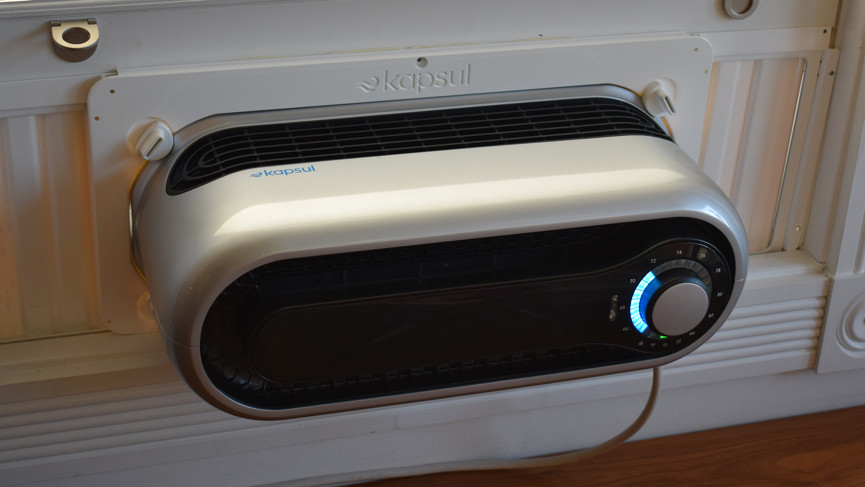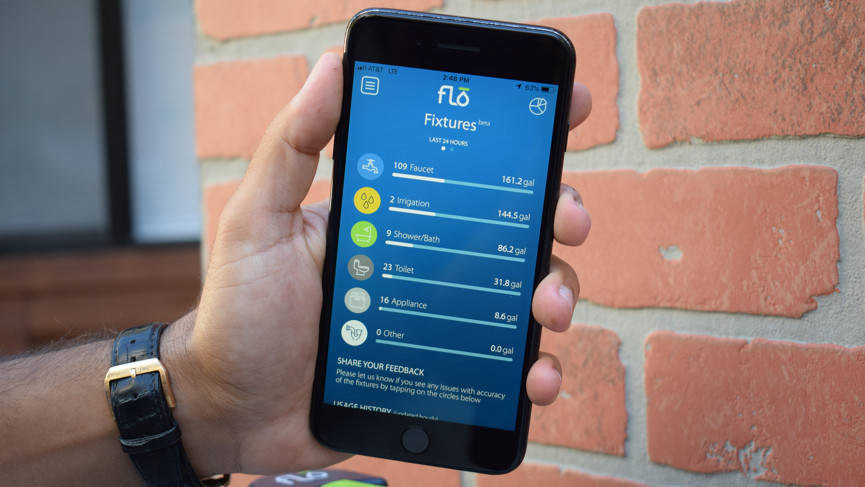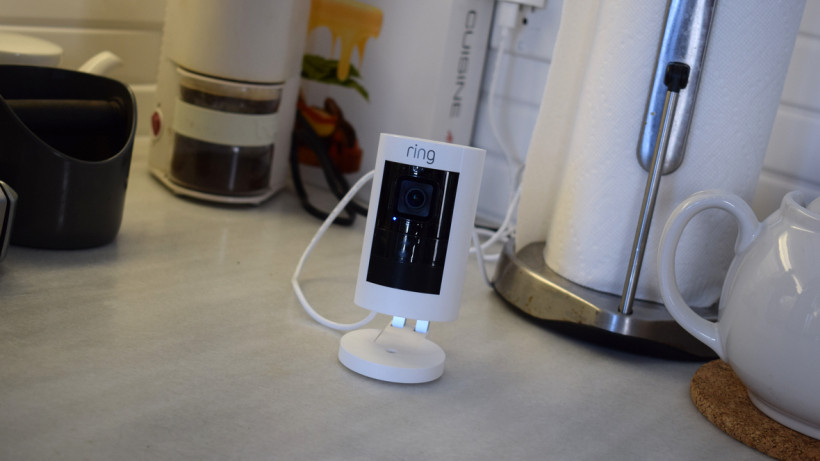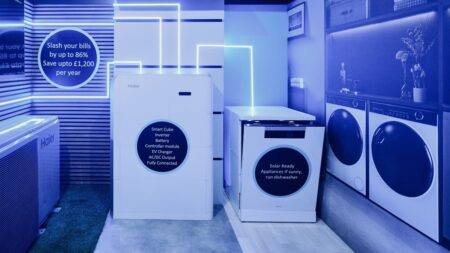It's not all about assistants, cameras and smart lights, you know
Here at The Ambient we spend a lot of time peering prophetically into the far-flung future of the smart home.
But at an event in San Francisco this week we saw the smart home of the – how should we put it – more immediate future. Six companies came together to kit out a house in San Francisco, filling it with a mixture of new devices and tech coming in 2019.
Read this: Smart home tours – a London villa that automates the finer things
All considered, it gave us a look at some of the interesting and practical ways the smart home will be evolving in the coming months, throwing in some genuinely innovative ideas that are sure to make the home smarter, healthier, happier (and yes, a bit richer).

Safer and smarter inside
Walabot Home is a brand new sensor that detects when someone has had a fall and sends out an alert to someone. What’s most interesting about Walabot is that the technology inside actually came from a separate project to innovate breast cancer imaging.
The Walabot uses low power radio waves to map the room and whoever’s in it. Should it detect that someone has fallen down, it will start monitoring breathing patterns and a voice will call out asking you to stand if you can. After a period of inactivity the device will send an alert to your designated primary caregiver.
Read this: The future of smart home health starts with seniors
It’s a good idea, but our main concern is false alarms. What happens if you lean down to root around under the sink – will an ambulance be at your door by the time you’ve found the Listerine? Vayyar says it has a high degree of accuracy, and in the demo there was about a 30 second delay between the alarm sounding and the Walabot sending an alert out to the caregiver. In theory the radio waves should produce fewer false positives than a wearable.

Vayyar had another cool idea for the smart home on display, but it has nothing to do with wellbeing – other than reducing stress and anxiety levels. The Walabot DIY is a smartphone attachment that also uses radio frequency technology, but this time to “see through” walls and tell you what’s on the other side.
In a demo the phone was able to detect a variety of pipes, wires and studs behind some drywall. For anyone who’s done their fair bit of wiring/smart home DIY, this could be a godsend.

Sitting is the new smoking and indoor air is the new silent killer. There are plenty of smart air purifiers out there already but Molekule is a little unique: its technology can actually kill pollutants “on a molecular level“, the company says. Molekule is the result of 20 years of R&D in solar technology, which was taken and used to create this purifying tower of loveliness.
We also really dig the design; we’d happily have this on display in our homes. And if it’s zapping pollutants in the process? All the better. Plus, check out that handle, allowing you to carry it from room to room like a toxin-hunting Anton Chigurh.

Speaking of air quality, Kapsul was at hand to show off its smart air conditioner, which has Boeing DNA coursing through its veins (its CEO Kurt Swanson used to work there). This won’t be available until next year, but we like how you can remotely schedule it; how it’s so quiet (just 50dB); how easy it is to install (no professional help needed to fit it); and how it connects to Alexa and Google Assistant. Considering the company raised a cool $3.5m in crowdfunding, we’re not the only ones.

A smart home that saves you $$$
Water control sounds ironically dry, but when you consider that water damage is one of the top reasons people claim on their home insurance, there’s reason to pay attention. Smart water company Flo has built a security system that lives on your main pipe and monitors your home for any leaks. If it detects one, it’ll alert your smartphone and let you remotely close the pipe.
Flo clams to be uniquely accurate because it tracks three things: pressure, flow and temperature. Testing for low flow isn’t enough to detect small leaks, but by all these metrics combined, Flo reckons it will avert any disasters that may spring. Most interesting of all is that Flo learns your behaviours, so it can tell what the normal water consumption is at any time of the week. There’s Google Assistant and Alexa integration too, so you can get updates on your water usage from your AI of choice.
Flo went on sale earlier this year for $499, for which you’ll get the main set of features, but there are paid upgrades too including one that will give you a breakdown of your water usage by the actual appliances.

Sense is another company thinking about how to save money in the smart home. Its $299 device – a curious looking orange rectangle with an antenna – fits into your home’s electrical panel and tracks all of your energy usage. What’s great about Sense is that it knows the unique signature of all your connected appliances and devices and can give you a breakdown, so you know where the smart home vampires are.
Scott Taylor, VP of business development at Sense told us that 75% of users are still using Sense after a year, which is certainly a good sign. How much can something like this help you save? Well, hundreds if you have some unknown appliance sucking you dry. But more indicatively, Sense partnered with Vermont Efficient earlier this year for a pilot study that found the average saving to be $100.





